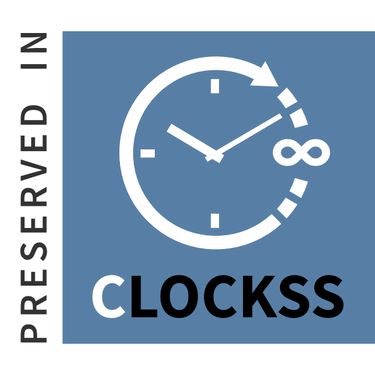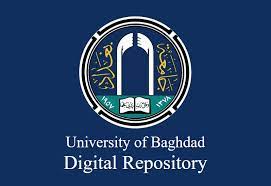The impact of the training program and the irregular interruption in the performance of the skill and some physiological indicators of young football players
Keywords:
training program, skill performanceAbstract
The aim of the research is to prepare a training program for young football players and to identify the effect of this training program in carrying out the skill performance and some physiological variables (heart rate, oxygen saturation, maximum consumption of oxygen, lactic acid). As well as to identify the impact of the discontinuation of the training of non-regular players in the performance of skill and some physiological indicators.
The researchers used the experimental method with equal groups, because it is the most appropriate methods to suit the nature of the problem and reach the achievement of the research objectives. The research community was determined by the deliberate way of the players of the Babil province football team (under 19 years) and for the academic year (2018-2017) (3) of them because of the injury and (3) players as goalkeepers, the sample of the research consisted of (20) players were chosen by deliberate method, and were randomly distributed by drawing lots into two groups and (10) Players in each group. The training program was applied to the pilot group, while the control group used the regular training program prepared by the trainer.
After the application of the tribal tests, the training curriculum was applied to the experimental group for a period of 8 weeks and 3 training units in the one micro course. After that, the first post-test was carried out, after which the sample was discontinued due to the exams. After two weeks, Statistically. The researchers came out with a group Of the conclusions and recommendations, including:
1-The experimental group was superior to the control group in the first dimensional tests to withstand the skill performance as well as the levels of physiological variables under study due to the quality of the training program used by the researchers.
2 Physiological variables (heart rate, oxygen saturation, maximum oxygen consumption) showed a significant decrease in performance in the second dimensional tests, both control and experimental groups due to irregular discontinuation, but the regression rate was high for the control group compared to the experimental group
3- It is clear to us that the more the program used in the training is scientifically planned and the greater the benefit to the sample, the greater the retention of random training programs and the limited benefit. The greater the impact of the training program the greater the percentage of retention in the adjustments resulting from this program and the loss- .
The researchers recommend: 1 - in the need to take into account the training cadres by standardizing the training load of training programs (after a break from training for a period of (3) weeks, in accordance with their respective drop rates.
2- Give guidance to players during the breakout period of the need to allocate a relatively short time in training or exercise sports at home
References
Abu Al-Ala Ahmed Abdel-Fattah: "Training and Athlete Health: Positives and Risks," Cairo, Dar Al-Fikr Al-Arabi, 1996.
Abu Al-Ala Ahmed Abdel-Fattah: "Sports Training: Physiological Foundations," Cairo, Dar Al-Fikr Al-Arabi, 1997.
Abu Al-Ala Ahmed Abdel-Fattah and Mohamed Sobhi Hassanien: "Physiology and Morphology of Athletes and Methods of Measurement and Evaluation," Cairo, Dar Al-Fikr Al-Arabi, 1997.
Bahaa El-Din Ibrahim Salama: "Physiology of Athletes and Physical Performance (Blood Lactate)," Cairo, Dar Al-Fikr Al-Arabi, 2009.
Amer Fakher Shaghati: "Sports Training Science: Training Systems for Junior Athletes at Higher Levels," Amman, Arab Community Library for Publishing and Distribution, 2013.
Ali Salloum Jawad Al-Hakeem: "Measurement and Evaluation in Physical Education," 1st Edition, Amman, Dar Al-Fikr for Printing and Publishing, 2003.
Sayed Abdel-Maqsoud: "Training Theories," Egypt, Port Said Press, 1979.
Mohammed Jassim Al-Yassiri: "Scientific Foundations of Physical Education Tests," 1st Edition, Najaf Al-Ashraf, Dar Al-Diya Printing and Design, 2010.
Mohammed Ali Al-Qat: "Functions of the Organs in Sports Training," 1st Edition, Cairo, Dar Al-Fikr Al-Arabi, 1999.
Mufti Ibrahim Hamadi: "Physical Fitness: The Correct Path to Health and Athletic Championship," 1st Edition, Cairo, Dar Al-Fikr Al-Arabi, 1997.
Muwafaq As'ad Mahmoud: "Tests and Tactics in Football," 2nd Edition, Amman, Dar Dajla Publishers and Distributors, 2009.
Haza'a Mohammed Haza'a: "Experimental Studies in the Functions of Physical Effort," King Saud University, Deanship of Library Affairs, 1992, pp. 506-507.
















